Euphoria season 2 is shot entirely on Kodak 35mm Ektachrome film
Popular HBO teen drama is back for Season 2 but this time it's shot entirely on Kodak Ektachrome and it looks stunning
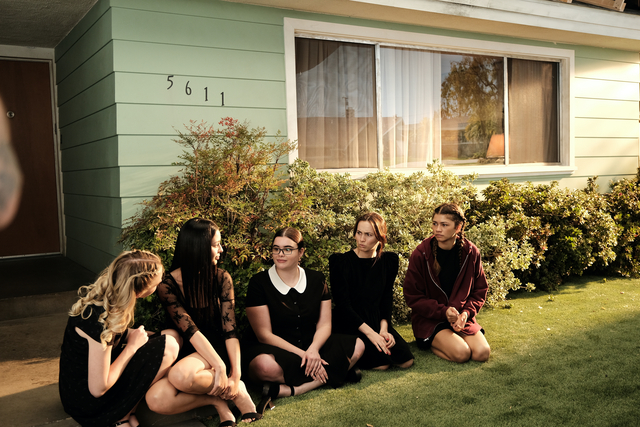
Euphoria isn’t your average teenage drama and neither is how it’s filmed. The popular series returned in January for Season 2 but there was something different about it. While the first series was shot entirely digitally, the show’s director took the daring decision to shoot season 2 entirely on 35mm Kodak Ektachrome film.
The show follows a group of emotionally intelligent, angsty teenagers as they navigate their way through High School. Faced with issues surrounding drugs, gender, love and social media, the show’s exploration of dark, often adult themes reveals a more somber side to student life. While Euphoria might not be the easiest watch, it’s taken the world by storm due to the standard of acting, plot, cast, cinematography and fashion choices.
• Read more: Best 35mm film, roll film and sheet film
According to No Film School, the decision to shoot analog rather than digital came just two weeks into the Covid-19 pandemic. The show’s director Sam Levinson and cinematographer Marcell Rév were discussing the visuals for season two and both Levinson and Rév wanted to shoot in a way that felt more nostalgic. They also wanted to ensure that the look and feel of season 2 was visually distinguishable from season 1.
In an interview with IndieWire, Marcell Rév explained, “We weren’t interested in imitating something we had already done. We took the visuals to their extremes in Season 1, but for Season 2 we wanted to dig a little deeper rather than broadening the visual horizons. He continued, “Season 1 was very in the moment and contemporary and Season 2 is more intimate has something to do with the way we remember things.”
Levinson contacted Kodak to find out if they could source enough 35mm Ektachrome to shoot the entire series. For the first time in cinematic history, Kodak agreed to reopen parts of the Kodak factory to make their request possible and the results are stunning.
Ektachrome is known for its vibrant colors, fine grain and ability to pick up beautiful skin tones – a major advantage for Euphoria considering there are so many emotive close-ups. It was marketed as the best alternative to Kodachrome after it was discontinued but despite its popularity, it too was discontinued in 2012. Thankfully in 2018, Kodak decided to revive Ektachrome and made it available in 8mm, 16mm and 35mm formats which came as welcome news to photographers and videographers alike.
Get the Digital Camera World Newsletter
The best camera deals, reviews, product advice, and unmissable photography news, direct to your inbox!
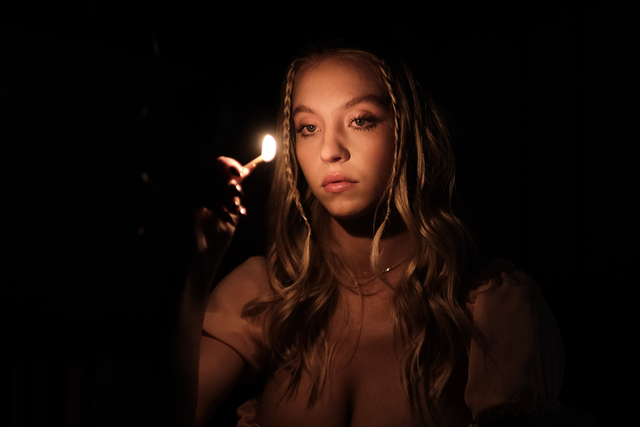
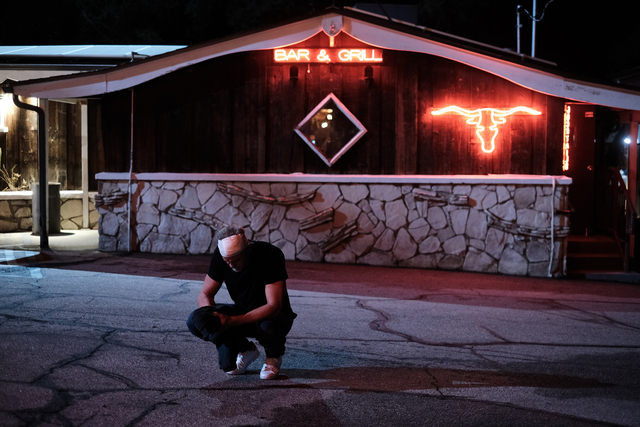
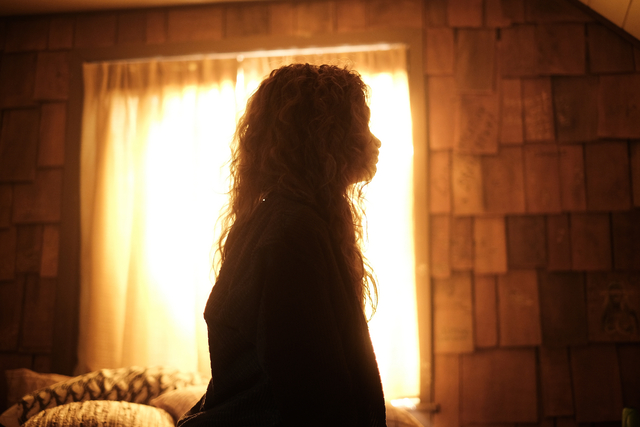
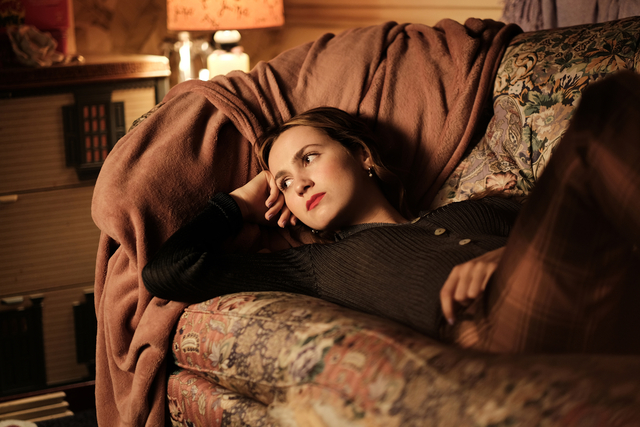
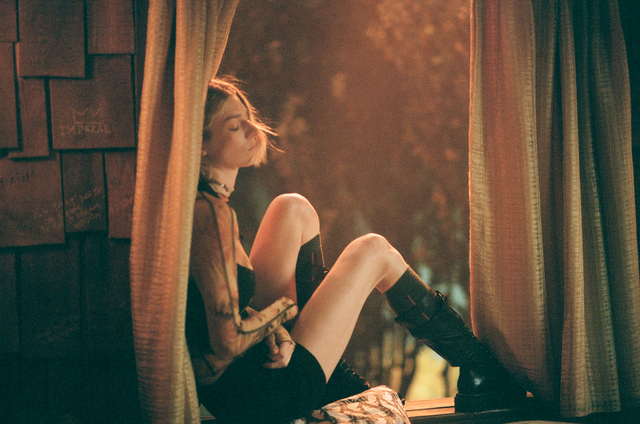
Shooting on film is an entirely different process to shooting on digital, not only do you need more light as Ektachrome is only 100 ISO but on set the cast and crew couldn’t see what the final product would look like. Instead, they saw an unflattering version of what would be brought to life when the film was developed. Single scenes also took hours to shoot which often meant very long days for everyone on set.
It was a huge risk choosing to shoot entirely on 35mm Ektachrome but it certainly paid off. Euphoria isn’t completely unique in opting to shoot on film rather than digital as Dune, Tenet and Zack Snyder’s Justice League were all shot solely on film - but it is the only production to get the film manufacturers to agree to adapt part of its factory to make the desired silver halide film stock.
Read more:

Having studied Journalism and Public Relations at the University of the West of England Hannah developed a love for photography through a module on photojournalism. She specializes in Portrait, Fashion and lifestyle photography but has more recently branched out in the world of stylized product photography. Hannah spent three years working at Wex Photo Video as a Senior Sales Assistant, using her experience and knowledge of cameras to help people buy the equipment that is right for them. With eight years experience working with studio lighting, Hannah has run many successful workshops teaching people how to use different lighting setups.

